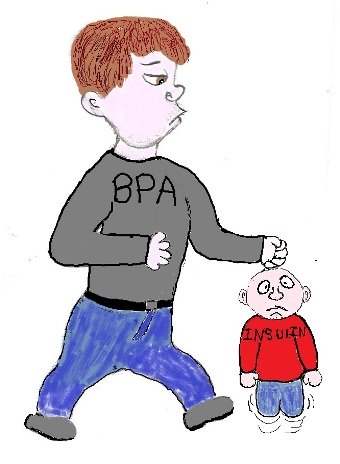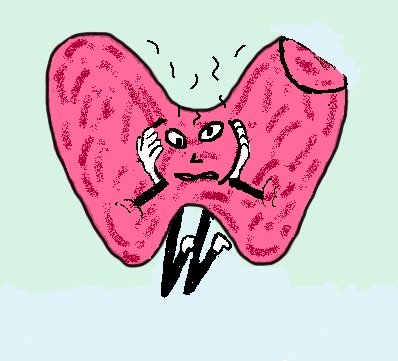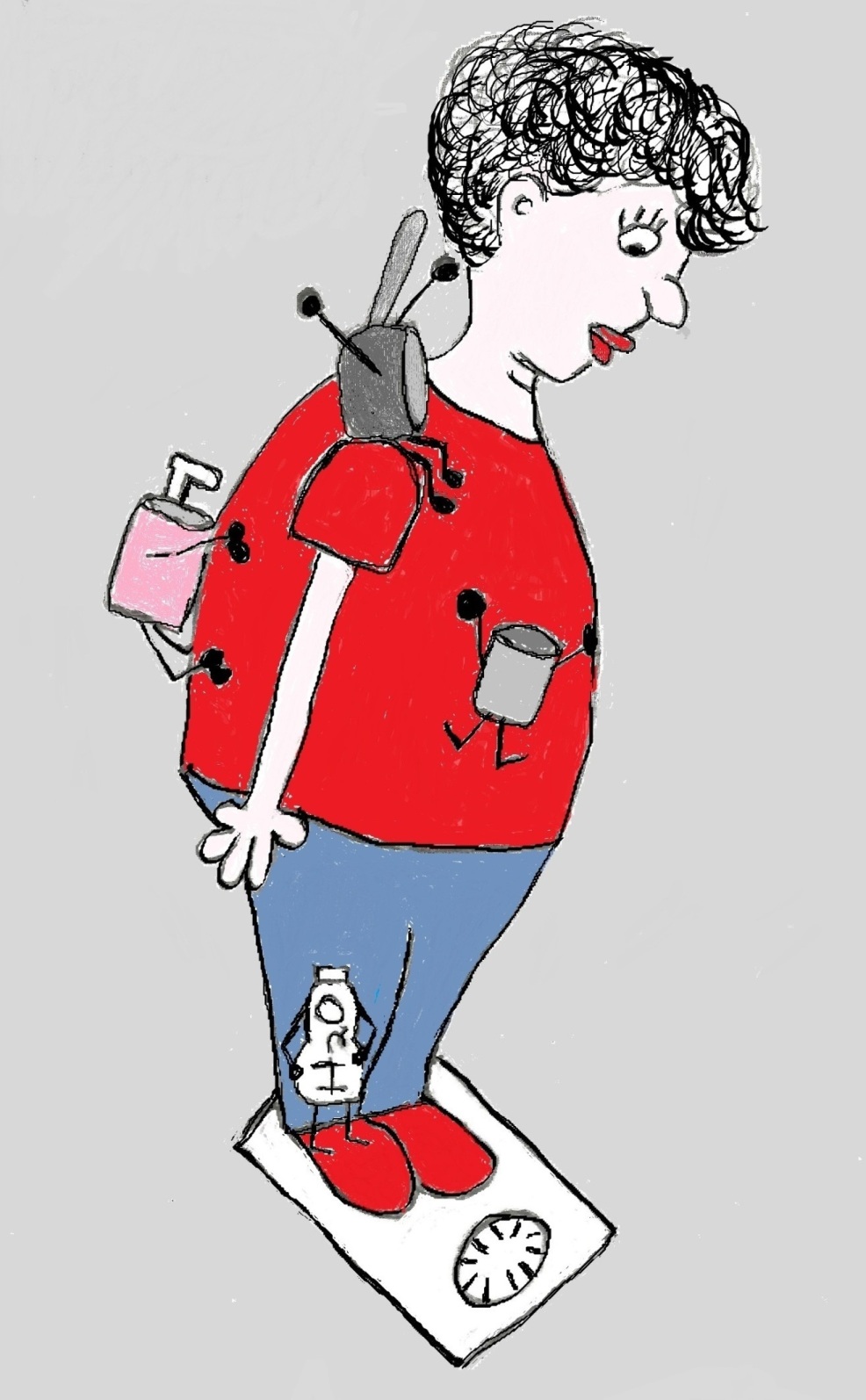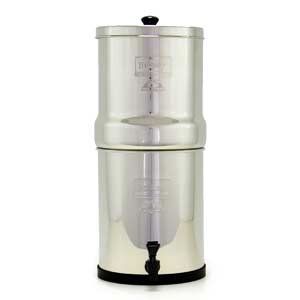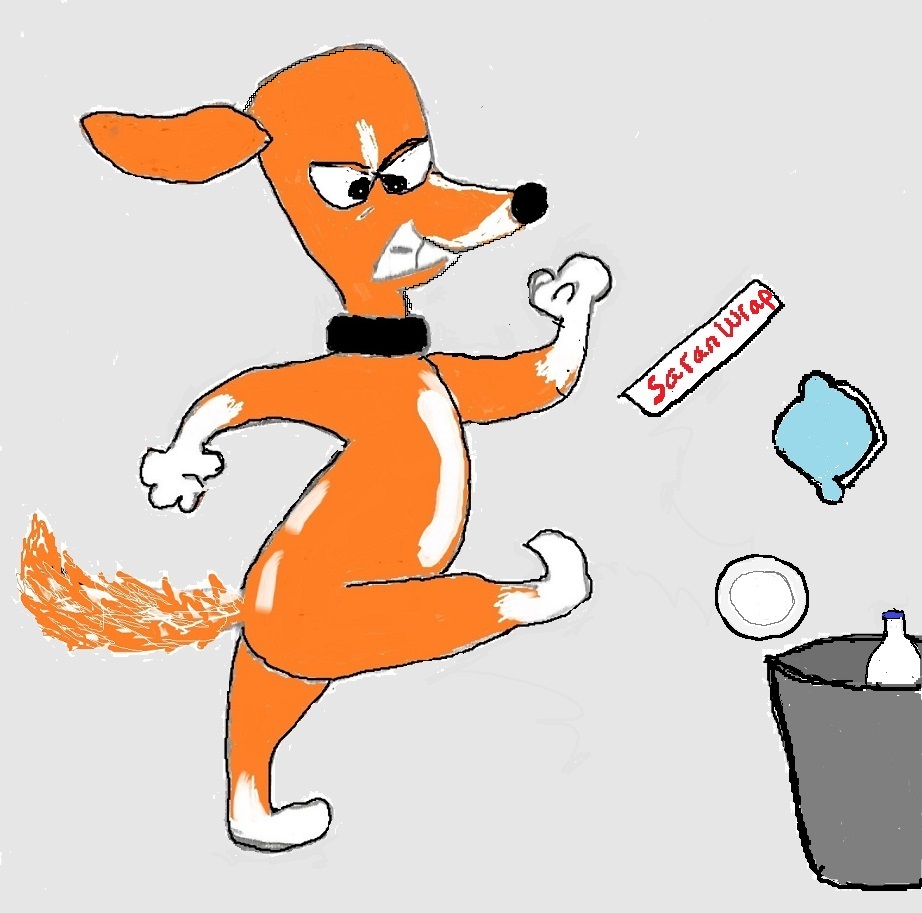- Home
- Toxic Chemicals in Food
- How to Avoid BPA
How To Avoid BPA To Protect Your Health
Knowing how to avoid BPA is an excellent way to protect your health. Because BPA is linked to a variety of potential toxic effects on multiple organs and systems in your body.
BPA (Bisphenol A) is a high-volume industrial chemical used to make polycarbonate plastics and epoxy resins. Polycarbonate plastics based on BPA are used in many things.
Plastic bottles, food containers, sports equipment, compact discs, and some medical devices are made of polycarbonate plastic. And epoxy resins that contain BPA are used to coat the inside of food and beverage cans, and make thermal paper used in sales receipts.
Health Effects of BPA
When it comes to your health, exposure to BPA, even in very small amounts, can have serious consequences. BPA is an endocrine disrupting chemical because bisphenols are hormonally active. That means they can mess with your body’s hormones, which are important chemical messengers in your body.
What makes endocrine disrupting chemicals so dangerous is that they keep your body's natural hormones from doing their job. And BPA messes with your hormones in many ways.
BPA, and BPA substitutes like BPS and PBF mimic estrogen in your body. That means your body responds to these chemicals like it would with estrogen.
But it doesn't stop there. These chemicals also block your body’s natural estrogen from doing its job (anti-estrogenic). And they mimic male hormones like testosterone and block testosterone from doing its job. BPA and BPA substitutes also block hormone signaling in fat cells and alter levels of thyroid hormones.
Because they mess with your hormones in so many different ways, the health effects of exposure include breast and prostate cancer, Diabetes, obesity, thyroid disfunction, depressed immune system, chronic inflammation and altered liver functions.
A new study even suggests that BPA exposure increases mortality rates. In 2020 the results of a 10 year cohort study of 3883 adults in the United States, reported that participants with higher BPA levels (as measured in their urine) were at higher risk for death during the 10 years of observation.
A third of the study participants with the highest BPA levels in their bodies had a 49% higher all-cause mortality rate and a 46% higher rate of dying from cardiovascular disease when compared with the one third of participants with the lowest levels.
And in 2021, the first study to look at whether BPA and BPS affect your brain, concluded that at common levels of exposure, both had alarming effects on essential communication functions of neurons.
You also don’t have to be exposed to a lot of BPA to damage your health. While the EPA believes you can "safely" be exposed to 50 ug (micrograms)/kilogram/day of BPA, most studies have found the damaging health effects of BPA can occur at exposures as low as 2.5ug/kg/day.
How You’re Exposed To BPA
If you want to learn how to avoid BPA, you first need to understand the main ways you’re exposed. Because this toxic chemical hides in a lot of surprising products.
Plus, BPA isn’t chemically bound to the products it’s in. That means it easily leaches from these products into food, water, your skin and the air in your home.
YOU INGEST IT
Researchers agree that the main way you are exposed is through your diet. BPA leaches from cans and plastic containers into the food and water stored in them. Higher temperatures, sunlight, length of storage and acidity can all increase leaching.
The highest levels are found in canned foods and beverages. For example, a 2019 diet intervention study found that after study participants ate canned food, their BPA levels increased by 206% in the first 4 hours.
Drinking water from polycarbonate plastic bottles and using plastic to prepare meals can also expose you to a hefty dose.
YOU ABSORB IT THROUGH YOUR SKIN
Smaller amounts can also be absorbed through your skin from personal care and cleaning products. Although it's not an ingredient in these products, I'm guessing that BPA leaches out of the plastic containers that they're packaged in.
Also, the bisphenols in thermal paper, used to make receipts, flyers, tickets, mailing envelopes, and airplane boarding passes, can also be absorbed into your skin.
YOU BREATHE IT IN
The third way you are exposed is breathing it in. BPA, and other bisphenols like BPF and BPS have been detected in indoor dust. BPA has been found in over 90% of house dust tested by researchers.
BPA is common in your homes indoor air because it is a volatile organic compound (evaporates at room temperature) that is released from PVC and vinyl products. But researchers think inhaling and ingesting house dust isn't a main source of exposure.
How To Avoid BPA
Knowing how to avoid BPA can protect you from diabetes, cancer, cardiovascular disease, obesity, type 2 diabetes, insulin resistance, and hypertension in adults as well as obesity in children.
But, it’s not as simple as just buying products labeled BPA free. Many of the 50+ BPA substitutes have been found to also disrupt how cells function in many of the same ways and cause similar toxic effects on the human body as BPA.
Since food and beverages are your main sources of exposure, that’s where you need to focus your efforts. That means:
- Focus on the types of containers you buy food and drink in and
- Focus on the containers you use to store food and water.
A. Go Can Free
It takes a little effort but if I can do it, you can too.
1. Replace canned fruits and veggies with Frozen fruits and veggies.
2. Replace canned beans with dehydrated beans, like Mother Earth options
Harmony House has also has great variety of dehydrated
beans. In fact, they just started offering organic dehydrated veggies!
I want to point out that dehydrated products come in
plasic containers or mylar bags. Choosing dehydrated instead of canned is a
less toxic living option. The conditions needed for plastic to leach BPA
and other plastic chemicals into dried food is lower than in canned food.
3. Replace canned soups with homemade.
That sounds like a lot of work but homemade
soup is easy if you use a crockpot. I make big batches of soup in my crockpot
and then freeze in canning jars for quick meals. Here are a 100 recipes to
inspire you.
4. Replace canned carbonated canned drinks by carbonating at home.
After much searching and research, I found the perfect solution for making carbonated drinks while avoiding plastic and BPA. I now drink delicious seltzer water from a stainless steel whipped cream maker.
Whipped cream makers are like soda syphons but they are stainless, use NO2 cartridges and come in a quart size. To make seltzer in whipped cream makers you just use standard 8 oz CO2 cartridges (1 per quart) and a quart of very cold water.
Click here for more can-free strategies.
B. Ditch The Plastic
- Buy as much food as possible in glass containers.
When buying condiments, dressings and things like nut butters and applesauce, chose brands in glass containers. Almost every type of food sold in plastic has a glass option.
2. Avoid drinking water from plastic bottles.
Since glass bottles of water are expensive and hard to find ditching plastic water bottles means filtering your water at home.
The filter system I’ve been using for years is The Berkey. I like it because it’s stainless steel and the Black Berkey filter elements have been proven to remove BPA from drinking water to >99.9%.
For more info on the Berkey and other good water filter options check out Which Drinking Water Filter is Best and The Best Sink Water Filters
3. Store Food and filtered water in glass and stainless steel.
This means use stainless steel or glass containers to drink from. The best options are available with stainless steel lids.
And for storing, freezing and heating food, glass is a great way to go.
Instead of a kitchen cabinet full of plastic containers I have a cabinet full of Pyrex and wide-mouth canning jars. This includes 3 glass measuring cups – 2, 4 and 6 cup – that I use for meal prep and mixing.
Stainless Steel Food Storage Containers with Silicone Lids are also a good option. Be sure to purchase high quality, food grade 304 stainless steel of 18-8 or 18-10 quality.
The other things I use, mainly for freezing, are tinfoil and instead of Ziploc plastic bags try Reusable Silicone food storage bags. I also have some Silicone stretch lids for covering items in the fridge.
Just don’t heat or bake anything in silicone. Based on research I’ve read so far, when used at temperatures above 200° F silicone cookware releases VOCs into your air and siloxanes into your food.
Eat Your Protox Foods
According to dietary intervention studies taking the steps outlined above will reduce your BPA exposure. But, and this is a big but, There have been some studies that suggest BPA and BPA substitutes are also found in noncanned food.
For example, a 2020 study found BPA in 93% of canned and 36% of noncanned foods. The amount of BPA found was lower in noncanned food at 4.73 μg/kg while in canned food it was 22.49 μg/kg.
And a 2015 study checked 204 samples of fresh, frozen, and canned foods for BPA. BPA was in 73% of the canned food samples. It was also found in 7% of non-canned foods at low concentrations.
That’s why, no matter how hard you try, you can’t avoid all toxic chemical exposure like BPA. If you find yourself on a website that says you can, click away quickly.
What you can do is add Protox Foods to your diet. This is what I call foods that research shows will support your body’s ability to breakdown and eliminate toxic chemicals and protect you from the damaging health effects of toxic exposure.
Some may also protect you from specific toxic chemical exposure. For example, BPA exposure disrupts how your thyroid functions by messing with thyroid hormones and causing free radical damage.
A 2020 animal study reported that Ginger extract made from powdered ginger root, protects against BPA-induced thyroid damage. It also protects your liver from BPA damage and is a potent antioxidant and anti-inflammatory.
Blueberries and Red Beets are also powerful protox foods. And they can easily be added to your diet.



